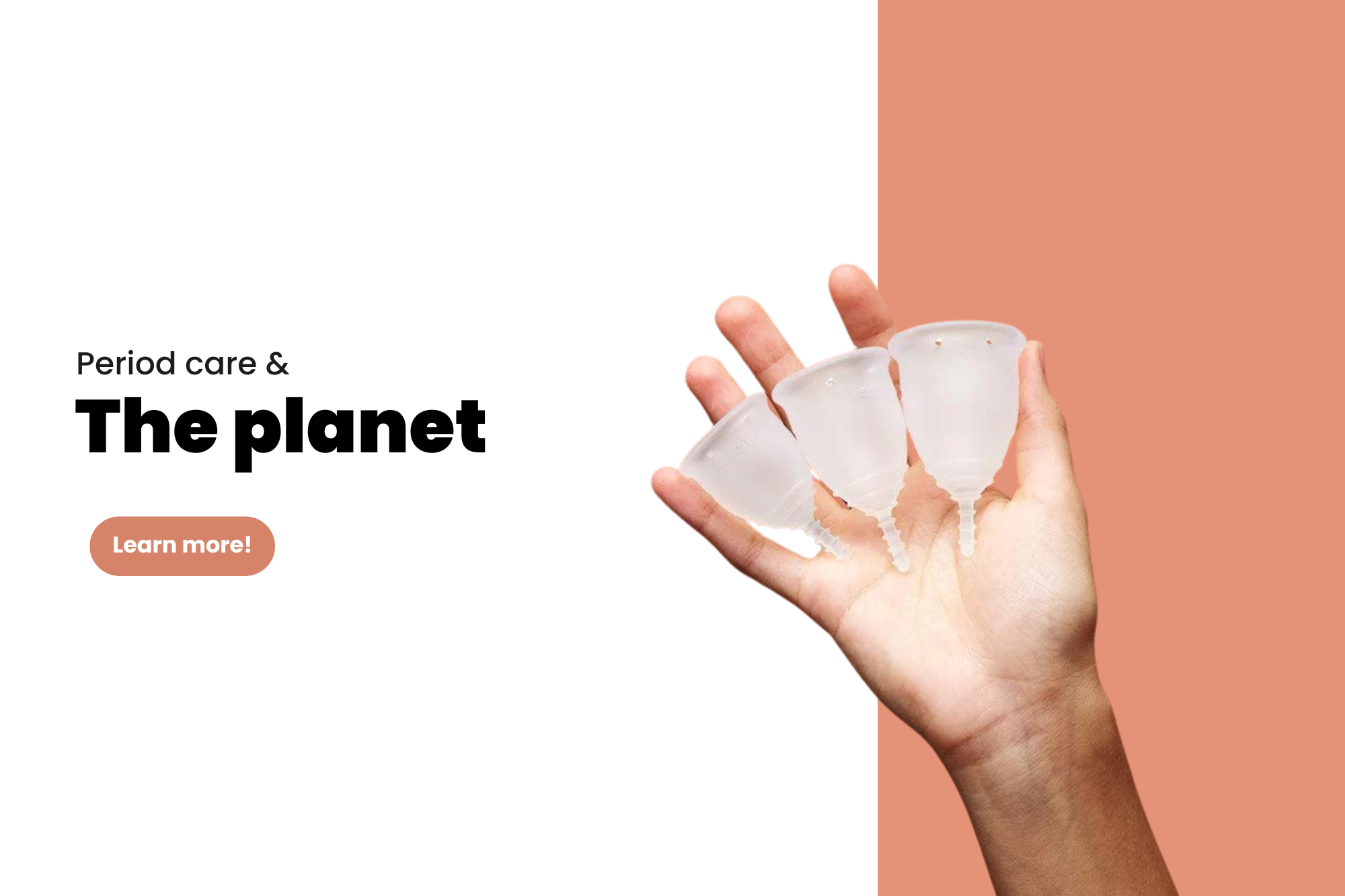When it comes to menstrual care, people have traditionally relied on disposable pads and tampons. However, as awareness of environmental impact grows, many are seeking sustainable alternatives. So, which period product is the most climate-friendly? Let’s explore the environmental, health, and financial aspects of different options to find out.
The Environmental Impact of Period Products
Each year, billions of disposable menstrual products end up in landfills or pollute our oceans. Pads and tampons often contain plastic, synthetic fibers, and chemicals that take hundreds of years to break down. Meanwhile, menstrual cups, such as the AllMatters Menstrual Cup, previously know as Organicup, are reusable for up to a decade, dramatically reducing waste and pollution.
Breaking Down the Options
- Disposable Pads and Tampons
While convenient, these products contribute significantly to waste and require constant manufacturing, using water, energy, and raw materials. Many tampons also contain bleaching agents and chemicals that can disrupt natural vaginal flora.
- Period Underwear and Reusable Pads
These offer a more sustainable solution than disposables but require frequent washing, which adds to water consumption. However, they still reduce overall waste and last for years when properly cared for.
- Menstrual Cups – The Most Eco-Friendly Choice
Menstrual cups stand out as the most sustainable option. Made from medical-grade silicone, they generate almost no waste over their lifespan. A single menstrual cup can replace thousands of tampons and pads, drastically cutting down plastic pollution and landfill waste.
The Cost Factor
While menstrual cups have a higher upfront cost, they are far more economical in the long run. The average person spends hundreds of euros on disposable products over their lifetime, whereas one cup lasts up to ten years. Similarly, reusable pads and period underwear also provide cost savings over time.
Health and Comfort Considerations
Unlike tampons, which can cause dryness and increase the risk of Toxic Shock Syndrome (TSS), menstrual cups collect rather than absorb menstrual fluid, preserving natural moisture levels. They can be worn for up to 12 hours, making them a convenient and reliable choice.
The Verdict: Which Is Best for the Planet?
Based on waste reduction, cost efficiency, and long-term sustainability, menstrual cups emerge as the most environmentally friendly choice. However, reusable pads and period underwear also provide excellent alternatives for those who prefer external protection.
Make the Switch Today
At Mint Health we’re committed to offering sustainable menstrual care options like the AllMatters Menstrual Cup (Organicup). By switching to a reusable alternative, you can reduce waste, save money, and make a positive impact on the environment. Visit us at https://mint.com.mt/portfolio_page/organicup/ or drop by any one of you local pharmacy to learn more!






